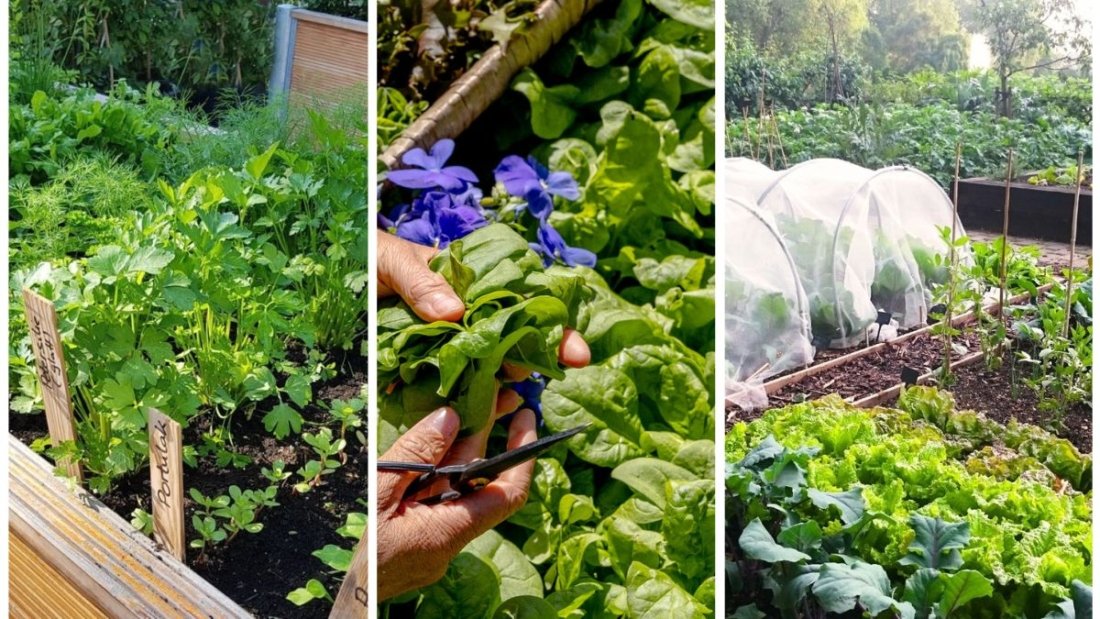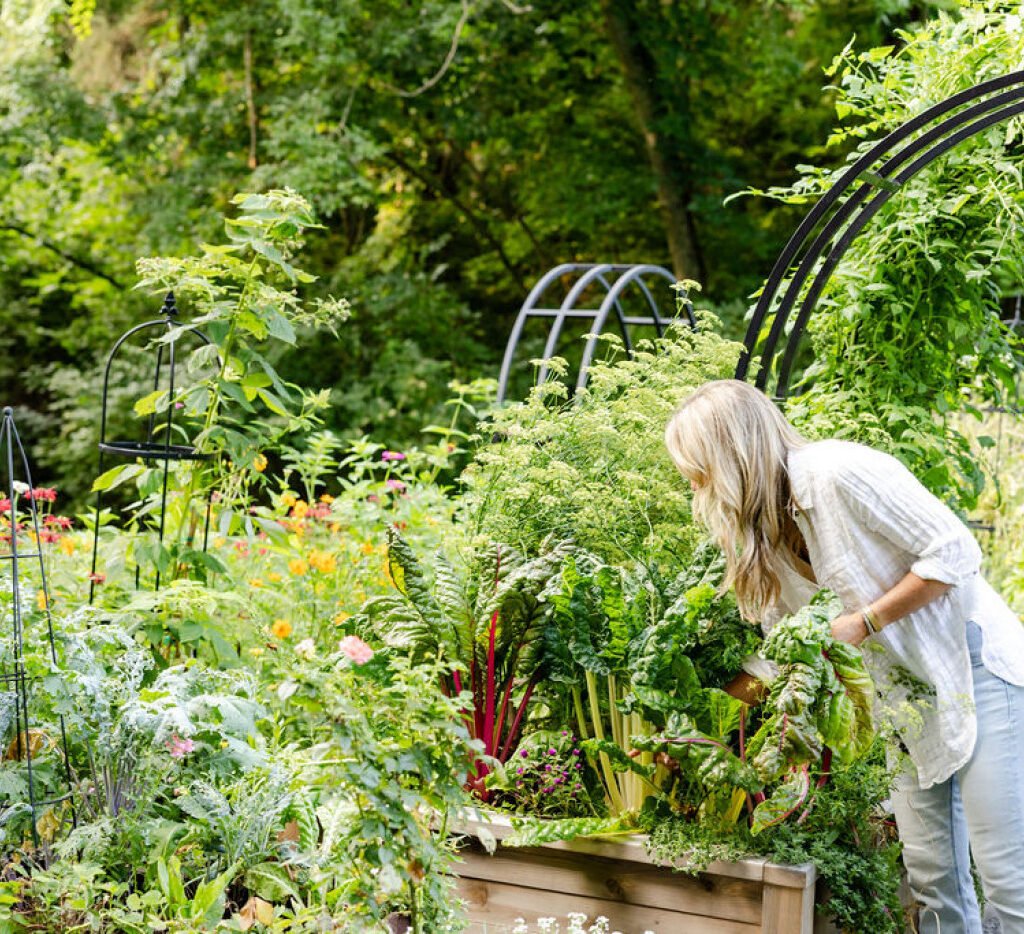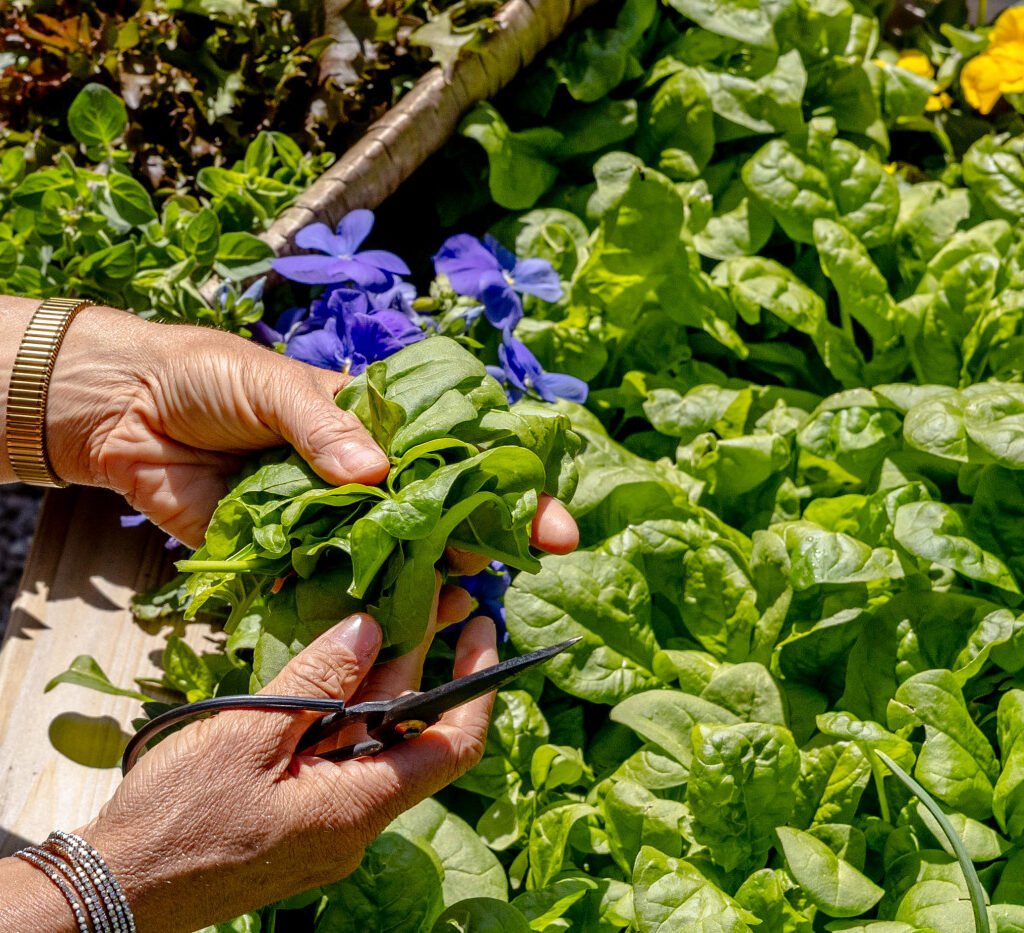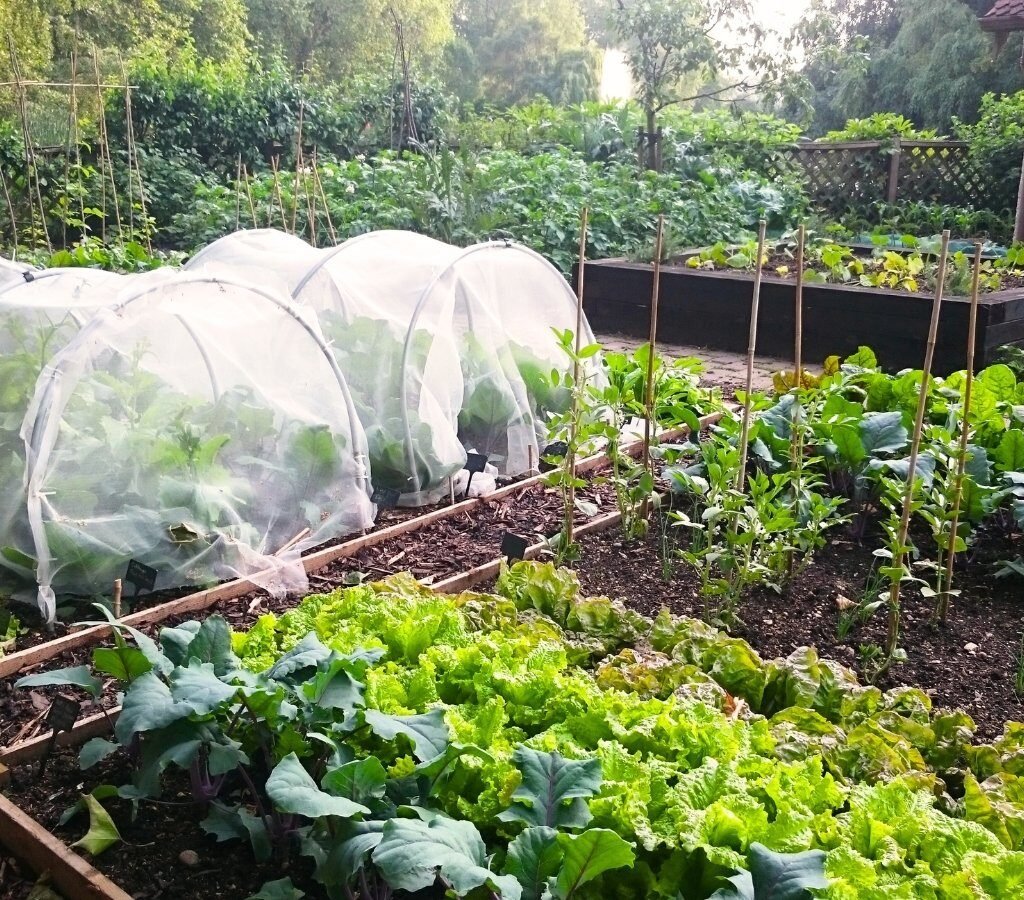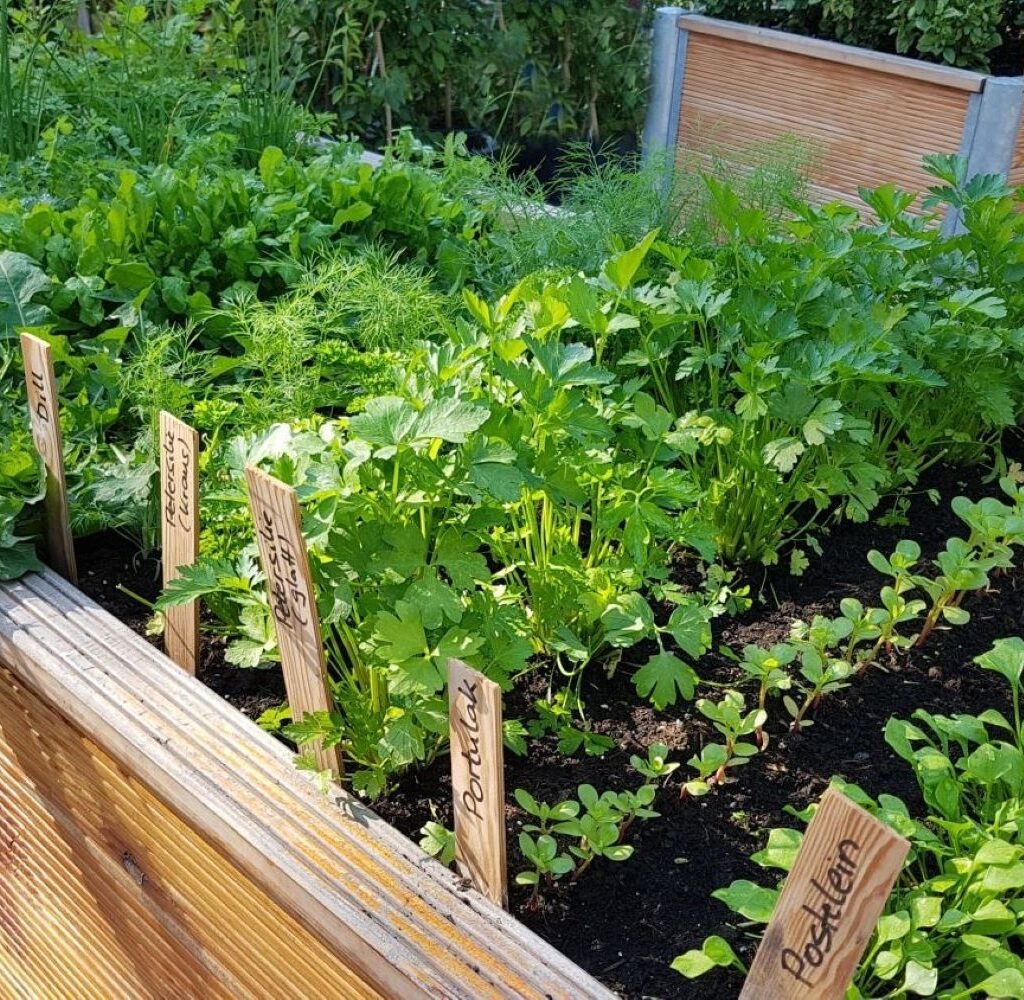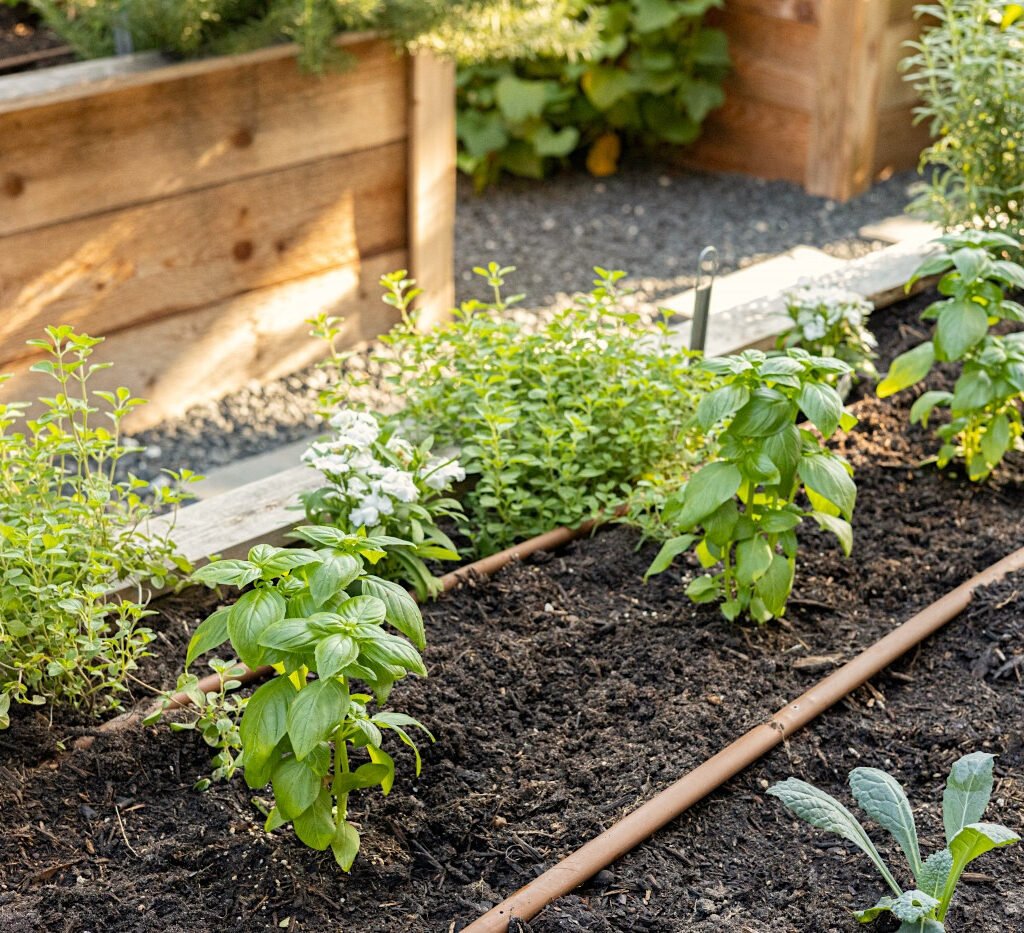Urban gardens are sanctuaries amid the bustling city environment. They offer a quiet space to relax, nurture plants, and enjoy a connection with nature despite limited space and the surrounding noise. However, keeping an urban garden peaceful requires careful planning and thoughtful strategies. From reducing noise pollution and creating privacy to managing neighbors and urban wildlife, a peaceful urban garden is as much about mindset and design as it is about plant care. This article explores practical tips to cultivate serenity in your city garden.
Understanding the Challenges of Urban Gardening

Urban gardens face unique obstacles that can disrupt tranquility:
- Noise Pollution: Traffic, construction, and city life can intrude on outdoor relaxation.
- Limited Space: Urban gardens are often small, making it harder to create secluded, calming areas.
- Neighbor Conflicts: Shared boundaries or differing gardening practices may lead to disputes.
- Environmental Stressors: Air pollution, limited sunlight, and pests can affect plant health and garden aesthetics.
- Urban Wildlife: Birds, squirrels, or stray animals may interfere with garden upkeep.
Recognizing these challenges helps gardeners implement effective strategies to maintain a peaceful oasis.
Tip 1: Design Your Garden for Privacy and Comfort

Creating a private space is key to urban garden serenity.
- Use Hedges and Screens: Tall hedges, trellises with climbing plants, or bamboo screens can block visual distractions and reduce noise.
- Incorporate Vertical Gardens: Vertical planting maximizes space while providing a natural barrier from city noise and prying eyes.
- Create Zones: Divide your garden into separate areas for relaxation, planting, and socializing. Even a small urban garden benefits from clearly defined spaces.
- Seating Placement: Position benches, chairs, or hammocks away from street-facing areas and near greenery for a calming atmosphere.
Tip 2: Choose Plants That Promote Calm
Plant selection plays a significant role in the ambiance of your urban garden.
- Fragrant Plants: Lavender, jasmine, and rosemary produce soothing scents that mask city odors and create a calming environment.
- Noise-Buffering Plants: Dense shrubs, bamboo, or tall ornamental grasses can absorb sound and reduce city noise.
- Low-Maintenance Plants: Hardy perennials, succulents, and container plants minimize stress from upkeep while maintaining beauty.
- Bird-Friendly Plants: Incorporating flowering shrubs or fruiting plants attracts birds, whose natural sounds enhance tranquility.
Tip 3: Incorporate Water Features and Natural Sounds

Water is a natural relaxant, and the sound of flowing water can mask city noise.
- Fountains and Ponds: Small tabletop fountains or wall-mounted water features provide a consistent, soothing sound.
- Birdbaths: Attract birds while creating gentle water sounds and a sense of nature.
- Waterfall Features: Even a miniature waterfall can drown out background noise and create a meditative atmosphere.
Tip 4: Manage Noise and Visual Distractions
Urban noise and visual clutter can disrupt garden peace. Strategies include:
- Soundproofing Techniques: Use dense plants, hedges, or fences to absorb urban noise. Installing outdoor rugs or thick mulch can also reduce sound reflection.
- Shade and Canopies: Pergolas, umbrellas, or awnings provide shelter from sunlight and city distractions, creating an enclosed, peaceful space.
- Lighting: Soft, warm lighting enhances relaxation during evenings, while avoiding harsh or flashing lights from nearby streets or buildings.
- Declutter Regularly: Keep the garden organized and free from excess tools, pots, or debris to reduce visual stress.
Tip 5: Cultivate Mindfulness and Garden Rituals

Peaceful gardens are not just about physical design—they reflect the gardener’s mindset.
- Daily Maintenance: Regularly watering, pruning, and tidying plants promotes calm and prevents overwhelming clutter.
- Mindful Gardening: Focus on sensory experiences—smell flowers, feel leaves, and listen to birds and water.
- Meditation and Relaxation Spots: Create a dedicated corner for yoga, meditation, or reading to make your garden a restorative sanctuary.
- Seasonal Rituals: Celebrate seasonal changes through planting, decorating, or simple observation to foster a deeper connection with nature.
Tip 6: Foster Good Relations with Neighbors
A peaceful garden is also about harmony beyond your boundaries.
- Communicate Respectfully: If your garden borders neighboring properties, discuss shared concerns like hedge height, plants encroaching on boundaries, or noise from water features.
- Avoid Conflict Over Resources: Be considerate with shared water, sunlight, or communal spaces.
- Invite Participation: Occasionally involve neighbors in small garden events or plant swaps to build goodwill and reduce tension.
Tip 7: Protect Your Garden from Urban Wildlife
While wildlife can enhance garden ambiance, urban animals may cause disturbances.
- Install Barriers: Netting, fences, or raised beds prevent unwanted intrusion from cats, squirrels, or stray dogs.
- Plant Selection: Avoid highly attractive fruits or vegetables near property edges to reduce temptation.
- Birdhouses and Feeders: Encourage beneficial species that contribute to a calm garden environment while keeping harmful pests away.
Tip 8: Use Sustainable Practices

Sustainable gardening promotes long-term serenity by reducing environmental stressors.
- Composting: Manage organic waste effectively while enriching soil.
- Rainwater Harvesting: Collecting water reduces dependence on city supply and creates a quieter irrigation process.
- Eco-Friendly Pest Control: Use natural repellents, companion planting, or insect-friendly solutions to avoid chemical stress.
- Native Plants: Adapted species are resilient and require less maintenance, reducing gardener stress and ensuring a stable, peaceful environment.
Tip 9: Plan for Year-Round Peace
Urban gardens can be stressful during extreme weather or seasonal changes. Planning ensures ongoing serenity:
- Evergreen Plants: Maintain greenery even during winter months for visual consistency.
- Seasonal Flowers: Plan blooms across seasons to keep the garden vibrant and inviting.
- Winter Protection: Use mulch, covers, or greenhouses to maintain plant health without disrupting calm.
- Summer Shade: Strategically plant fast-growing trees or use shade structures to block harsh sunlight and urban heat.
Conclusion
Creating a peaceful urban garden requires thoughtful design, strategic plant selection, and attention to environmental and social factors. By incorporating privacy screens, water features, noise-absorbing plants, and mindful practices, homeowners can craft a serene oasis amid the city’s chaos. Maintaining good relationships with neighbors, protecting the garden from wildlife, and practicing sustainable gardening ensure that your urban sanctuary remains enjoyable year-round.
Peace in an urban garden is both physical and emotional—a space where nature, careful planning, and mindfulness converge. With these strategies, anyone can transform a small urban yard or rooftop into a tranquil retreat, providing relaxation, beauty, and harmony for themselves and their community.
This article provides practical, detailed advice suitable for a 1200-word thesis-level discussion on urban garden serenity.


















































